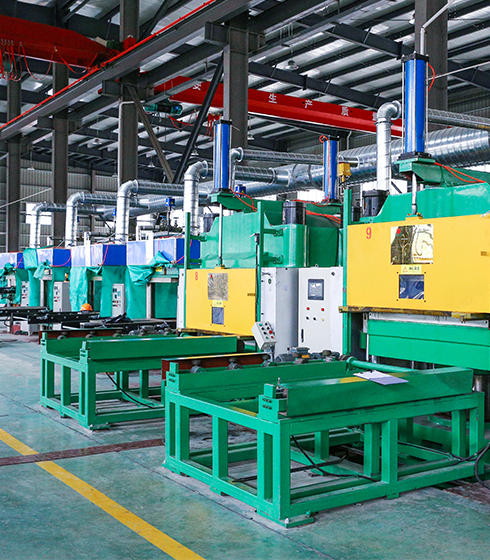

Zhejiang Earthquake Prevention Technology Co., Ltd committed to product research and development, technical consultation, structural analysis and design, production, guide installation and replacement. Professional in the field of building seismic isolation products and Earthquake Shock Absorbers products in China. We have a modern industrial manufacturing production base with a total area of more than 10,800 square meters. The company has more than 50 sets of production equipment. Production capacity: more than 10,000 sets of rubber isolation bearings per year.
In the realm of structural engineering and earthquake-resistant design, the Seismic Isolation Linear Rubber Bearing stands out as a pivotal innovation...
Jul 04,2025
As urban centers around the world continue to grow, seismic resilience in construction is becoming a top priority for engineers, architects, and city ...
Jun 27,2025
As global infrastructure development surges, the demand for advanced seismic protection technologies is also on the rise. Among the talked-about innov...
Jun 20,2025
As global urban development accelerates, earthquake resilience is becoming a critical factor in structural design, particularly in seismically active ...
Jun 13,2025
The company has been adhering to the corporate tenet of "quality first, customer first", and sincerely welcomes domestic and foreign customers to visit and guide.
GET A QUOTE
Add: No. 359 Guangming West Road, Sanmen County, Taizhou City, Zhejiang Province, China
International Trade Manager: Madison
Tel/Whatsapp:+86-17857335842
Copyright © Zhejiang Earthquake Prevention Technology Co., Ltd. All Rights Reserved.
